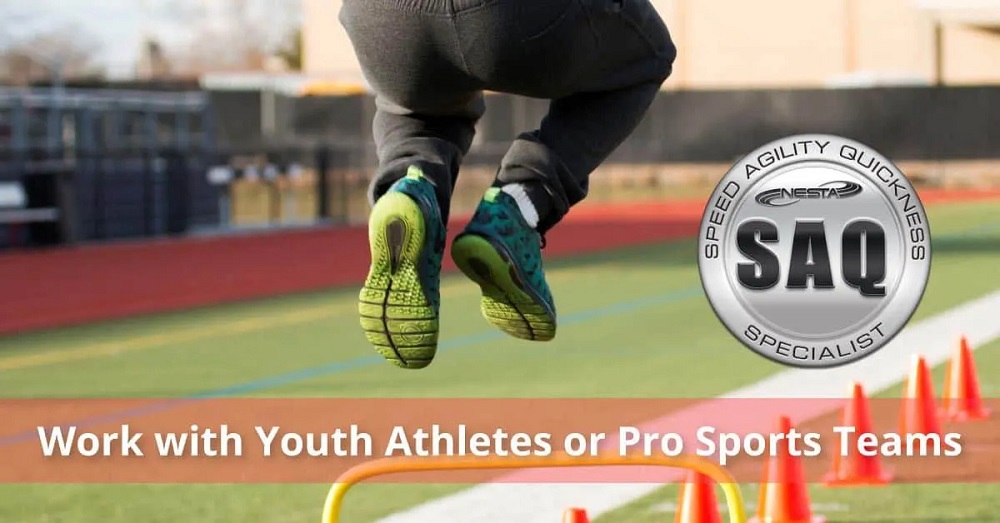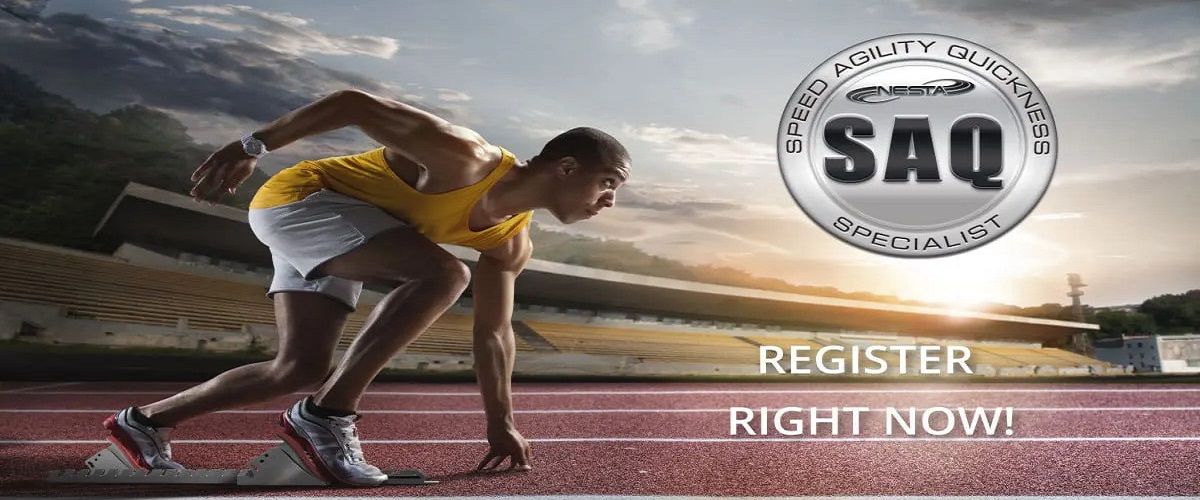[As an Amazon Associate I earn from qualifying purchases. Learn more]
Speed agility quickness is the multi-directional skill that combines explosiveness and reactiveness and acceleration that aims at providing the essential expertise to complete the movements. It is a systematic set of training that is designed to improve body movement ad control and motor capabilities via neuromuscular system development.

The training is highly linked with athletes to enhance multi-directional movements, but everyday activities benefit from it. Body fitness integrates changes at varying positions and speeds to provide the Body’s need for stability in all planes of motion (Kutlu, Yapici & Yilmaz, 2017).
The rate, which is the ability of a body to move fast in one direction, agility is the skill to stabilize accelerate or decelerate with proper posture, and quickness is the ability to react and change body positions with a maximum rate of force produced. The three combined will enhance the workout experience of the client.
The origin of SAQ
In the early 1980s, SAQ became a popular way of athletes conditioning themselves. It started in the USA and was made relevant by several famous American coaches.
Top 5 Benefits of Speed, Agility and Quickness Training
Speed agility and quickness training might be linked with physically demanding activities and sport. Other daily events might also benefit from this training.

Many advantages come with Speed Agility Quickness training, speed and agility improve and compliment the performance of all sports (Azmi & Kusnanik, 2018). Building an athletic foundation and motor skill is essential and gives a base to create a specific sport skill in a balanced way.
Speed enables the athlete to raise their game, once an athlete practices on speed and agility, it will give them skills and reduce the chances of getting an injury and enables them to increase their confidence.
Stretching, strengthening, and body awareness encircles improve the adaptability of the Body in vulnerable positions and enable them last longer in the court or field to avoid being sidelined by injuries. Faster speed and excellent stability on the ground and quicker reactions are very crucial for the athletes who are in competitive sports.
1. Improved engagement
The training sessions are usually more fun than the strain involved in doing the drills to recover the bodies’ flexibility to be physically fit (Hammami, 2018). The class participation engages all participants in ways that are different, as they use and learn new rhythms and patterns in the drills.
2. Injury prevention
Bodies move quickly and efficiently in planes of motion that stabilities and conditions them towards be able to sustain rigorous training sessions and improve their reaction when doing their daily activities and enhance the stability and grip of the players in the different types of sport which entail complexity in their matches, for example, a tennis match.
3. Improved Body and mind connection
During the training sessions, the level of focus is usually high class, which is meant to establish an excellent mind-body connection while the exercise strengthens the muscle memory. It enhances the concentration of the athletes in their sport and also benefits other people to remain focused on the daily routines of life.
4. Improved body awareness and skill
Agility and quickness drills enhance natural reflexes enabling smooth movement and faster in the daily events. Peed agility adds to the sharpness and productivity of any athlete and commands a great extent to which a player becomes competitive in the sports arena. An athlete does not have to keep fit to impress through muscle building but to deliver at all costs.
5. Helps burn calories
It helps the athlete burn calories during the workout. During the training, most of the muscles are actively engaged, which will increase the level of oxygen intake, which in turn will use more calories to consume oxygen.
In essence, speed agility adds to the sharpness and productivity of any athlete and commands a great extent to which a player becomes competitive in the sports arena. An athlete does not have to keep fit to impress through muscle building but to deliver at all costs.
Speed agility dictates how swift the athlete and, in most cases, it a measure of how likely athletes will avoid injuries, improve their skills, and engage the mind for the best results. Whether on the pitch or outside the pitch, the athlete is expected to have a positive mindset and deliver all aspects of life with a positivity that reflects their agility in sports.
Reference:
Kutlu, M., Yapici, H., & Yilmaz, A. (2017). Reliability and validity of a new test of agility and skill for female amateur soccer players. Journal of human kinetics, 56(1), 219-227.
Hammami, R., Sekulic, D., Selmi, M. A., Fadhloun, M., Spasic, M., Uljevic, O., & Chaouachi, A. (2018). Maturity status as a determinant of the relationships between conditioning qualities and preplanned agility in young handball athletes. The Journal of Strength & Conditioning Research, 32(8), 2302-2313.
Azmi, K., & Kusnanik, N. W. (2018, January). Effect of exercise program speed, agility, and quickness (SAQ) in improving speed, agility, and acceleration.

